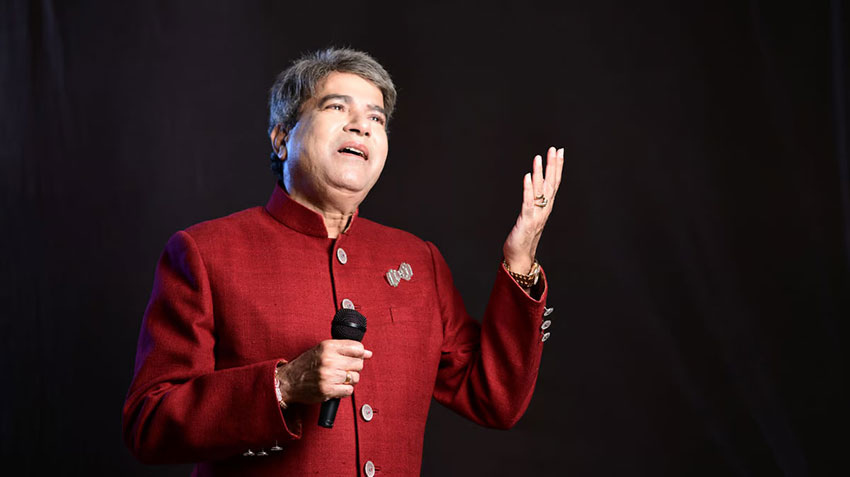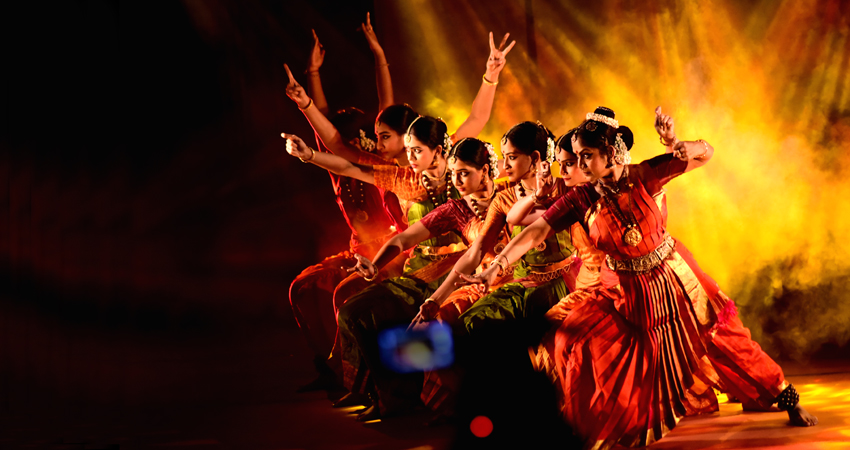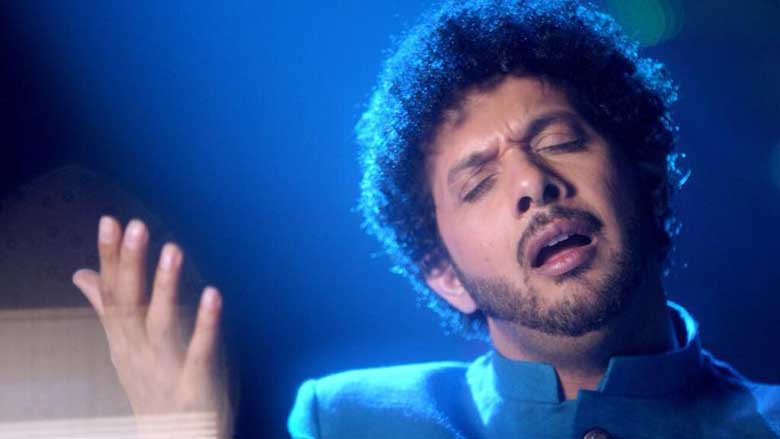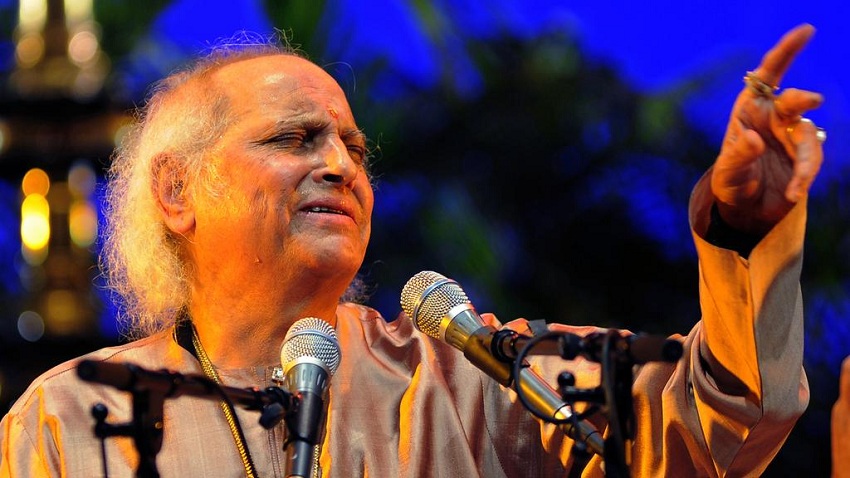Yog Sunder Desai, a pioneer of Indian dance in the pre-independence era, was the senior-most living artiste and choreographer of India when he entered the 100th year of life in 2020. Born on July 16, 1921, into a princely family of Gujarat to Bhaktba, a freedom fighter and Darbar Gopal Das, the ruler of Dhasa State in Gujrat, who was the first Indian prince to join the freedom movement on behest of Mahatma Gandhi and later merged his principality with the Indian Union. July 16, 2021, happened to be the Birth Centenary of Late Yog Sundar Desai.
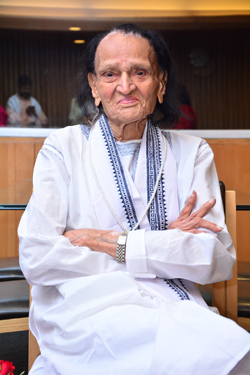
I met him last on his 99th birthday, when a special issue of ‘attendance’, focused on Shri Yog Sundar Desai was launched at the Habitat Centre Delhi. This annual journal of Indian dance is brought out by Shri Ashish Khokar, the scholar son of Mohan Khokar, the reputed dance historian and Smt M. Saroja the renowned Bharatanatyam Guru from Bangalore. Shri Yog Sundar was in his spirits when he shared many of his wonderful memoirs with us that evening.
A product of national cultural institutions like Dakshinamurthy, Gujarat Vidyapeeth and Tagore’s Shantiniketan; Yog Sunder had a privileged upbringing under the guidance of Gandhi, Sardar Patel and Rabindranath Tagore. From early childhood, he participated in the freedom movement as a member of ‘Vanar Sena’ during the Bardoli Satyagraha, became a ‘Swayam-Sevak’ at the Haripura Congress session of 1938 presided over by Subhash Chandra Bose, joined Rajkot Satyagraha as a student of Dakshinamurthy and later the Quit India Movement in 1942.
At Shantiniketan he learnt painting under the legendary Nand Lal Bose, Manipuri dance from Guru Atomba Singh, Rabindra Sangeet from Santidev Ghose and trained in Kathakali under Guru Kelu Nair, who advised Yog Sunder to go to Kerala Kalamandalam, if he wished to learn Kathakali seriously. In Kerala, he met Vallathol, the founder of Kerala Kala Mandalam and trained in Kathakali under Guru Vazhenkada Kunchu Nair. He also learnt Krishnattam from Shri Krishna Kartavya and Mohiniattam from Smt. Kochumalu Amma in Kerala. He had also learnt Kathak from Pt. Bhura Lal.
Watching Uday Shankar in the early 1930s at the Royal Opera House in Bombay, left a deep impression on the ten-year-old Yog Sunder, and he took to dancing enthusiastically. He debuted on the Bombay stage as Raja Bhim Dev in KM Munshi’s ‘Jai Somnath’ in 1945 with Nayana Jhaveri as Chauladevi. During this period Yog Sunder performed in several productions of the Indian National Theatre and Gujarati adaptations of Tagore’s ‘Chandalika’ and ‘Tasher Desh’ (Patta No Pradesh).
The legendary Ram Gopal of Bangalore invited him to join his troupe touring undivided India including Lahore and Karachi in 1946 and Yog Sundar established himself as an outstanding Kathakali dancer. “His art is full of rich promise and power”, said Ram Gopal. Yogendra Sunder, as he was called then, started the Indian Progressive Ballet Group in 1947. His first production presented at Kalika theatre was a house full show. The brochure was designed by the famed Satyajit Ray who was a fellow student in Shantiniketan. Yogendra partnered with Sadhana Bose, (the renowned dancer and film actress daughter of Keshav Chandra Sen, founder of Brahmo Samaj) in ‘Abhisar’, based on Tagore’s poem, where he played the Buddhist monk Upagupta with Sadhana as Vasavadutta. He also played the roles of Rama in Ramayana and Krishna in Geet Govind with a group called ‘Mystic Dancers of India’.
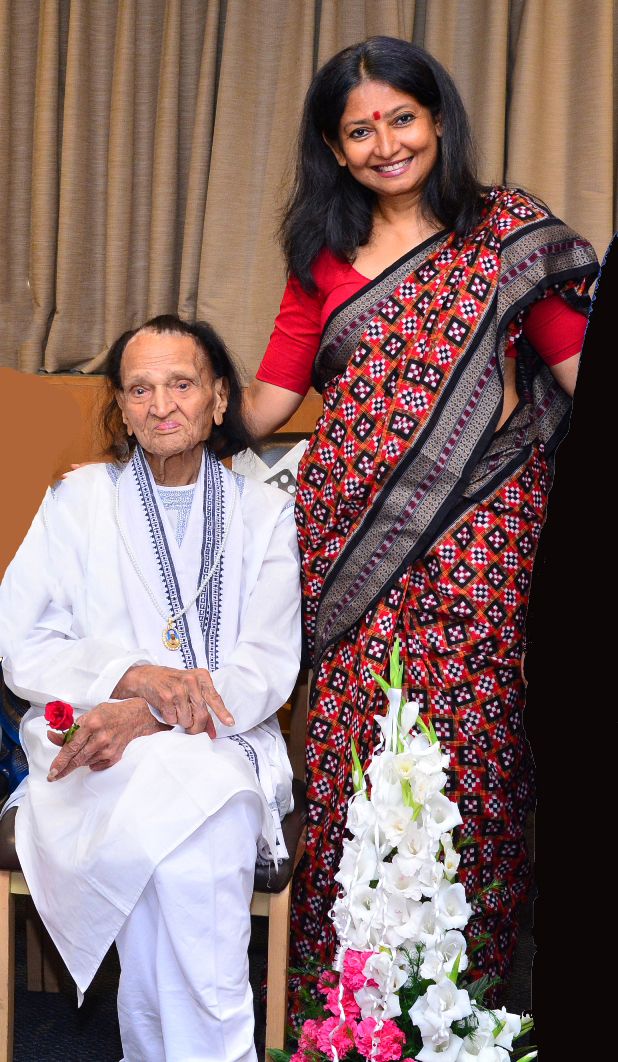
He founded his own dance ensemble the ‘Indian Revival Group’ (IRG), in 1948 in Calcutta, echoing the spirit of revivalism that was sweeping the country. Its first production ‘Freedom Festival’ was premiered on August 15, 1948, followed by “Birth of Freedom”, presented on Gandhi Jayanti in 1949. The next productions were Ajanta and Mahabharat in silhouette and shadow. IRG produced a number of memorable ballets and dance programmes directed by Yog Sundar, incorporating different styles and techniques of dance, furthering the rich multi-cultural heritage, mythology, philosophy and glory of India. Many of them are documented by Sangeet Natak Akademi. The IRG is one of the most widely travelled groups in the past 70 years of its unbroken existence, being carried forward at present by his talented daughter and disciple Papiha Desai.
Yog Sundar has also written widely on Indian Art with the name of ‘Yogendra Priyadarshi’. His series of articles on Natya Shastra in Gujarati Art magazine ‘Kumar’ from 1946 to 1950 won him an appreciation for its authenticity. Yog Sunder devoted his life to the preservation and propagation of the rich cultural heritage of India, its traditional dance, regional music and costumes, mythology and literature. He delved deep for reviving and showcasing the rich variety of dance forms of India since the early days of Independent India when little was known about these dance forms.
Yog Sunder produced ‘Rhythms of India’ in 1955, a spectacle of India’s rich and varied dance heritage that has stood the test of time, remaining ever-popular, evolving through the last 70 years. He along with his toupe successfully toured many countries including Egypt and Russia, when the IRG was one of the three cultural troupes selected by the Government of India to represent India at the Sixth World Youth Festival held in Moscow in 1957. In 1959-1960, Yog Sunder undertook the most adventurous tour of the Middle East by land route via Afghanistan, performing 100 shows in 7 countries in 7 months – Afghanistan, Iran, Iraq, Syria, Lebanon, Gaza, Egypt, and Kuwait. The IRG also represented India in the International Folk Dance Festival in Istanbul and won the award. They performed in East Europe, Turkey, Hungary, Yugoslavia, Morocco and Cairo.
[adrotate group=”9″]
The IRG has also covered the length and breadth of India many times. It has performed in towns and villages, valleys and hills for farmers and labourers, for workers in industrial areas, for students in schools, colleges and universities, for T.B. patients, for prisoners in jails and for the Indian Army and the Jawans guarding our borders, in remote interiors, in forward and border areas, in most difficult terrain and weather conditions, where no one dared to go.
Endowed with an incredible spirit and enthusiasm, Yog Sunder undertook highly adventurous and strenuous tours to border areas in Ladakh and Arunachal Pradesh. The Group was the first to visit Ladakh in 1958 where it performed for the Jawans at an altitude of over 12,500 feet with the help of oxygen. The Group cherished the rewarding experience of undertaking the most challenging and toughest journeys in the Himalayas to reach difficult and snow-covered places to perform for the Indian Army. Artists, wearing army boots and jackets, performed on make-shift stages on army trucks lit up with truck headlights!
[adrotate group=”9″]
Yog Sunder directed the ‘Ram Lila’ for Shriram Bharatiya Kala Kendra in 1966 and ‘The Lore of India’ for ITDC in1967 and received rave reviews for his work. His magnum opus titled ‘The Man Divine’ based on Tagore’s poem ‘The Child’, his one and only original English poem which was later translated in Bengali as ‘Shishu Tirtha’, was a tribute to both Gandhi and Tagore, the two men who influenced him and his work. The production was produced at a colossal scale bringing together masters like Jyotindra Maitra and Satish Bhatia of AIR for the music score, Goverdhan Panchal of NSD for designing the sets, Malti Mehta for costumes and National School of Drama’s Ram Gopal Bajaj, who wrote and gave voice to the Hindi commentary.
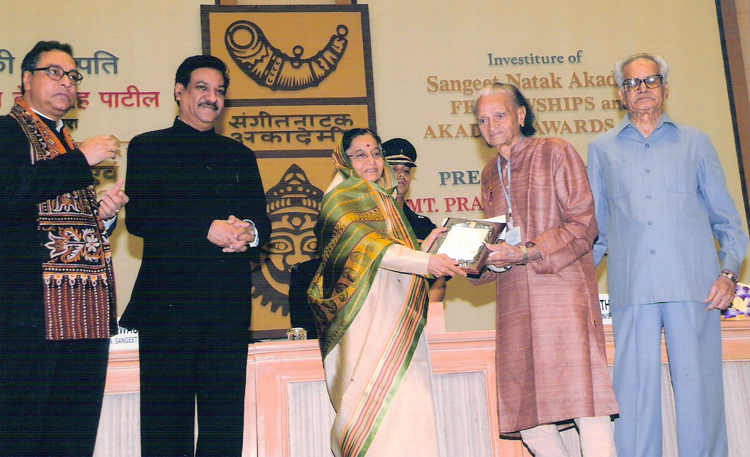
Sangeet Natak Akademi honoured him with their prestigious SNA Award for his lifetime contribution to the field of dance. Yog Sundar indeed enriched the cultural landscape of Indian Arts at home and abroad. Influenced by Gandhian philosophy and ideals, he carried his works to villagers, peasants, labourers, Jawans, students, even TB patients and prisoners in jails, who had never seen this kind of fabulous show. He selflessly and unwaveringly remained an idealist who took to Indian Dance as a mission, not just a profession. With a rich and extraordinary canvas of life, Yog Sunder stands celebrated for serving the cause of Indian dance and culture and for living a century of life and dance.






